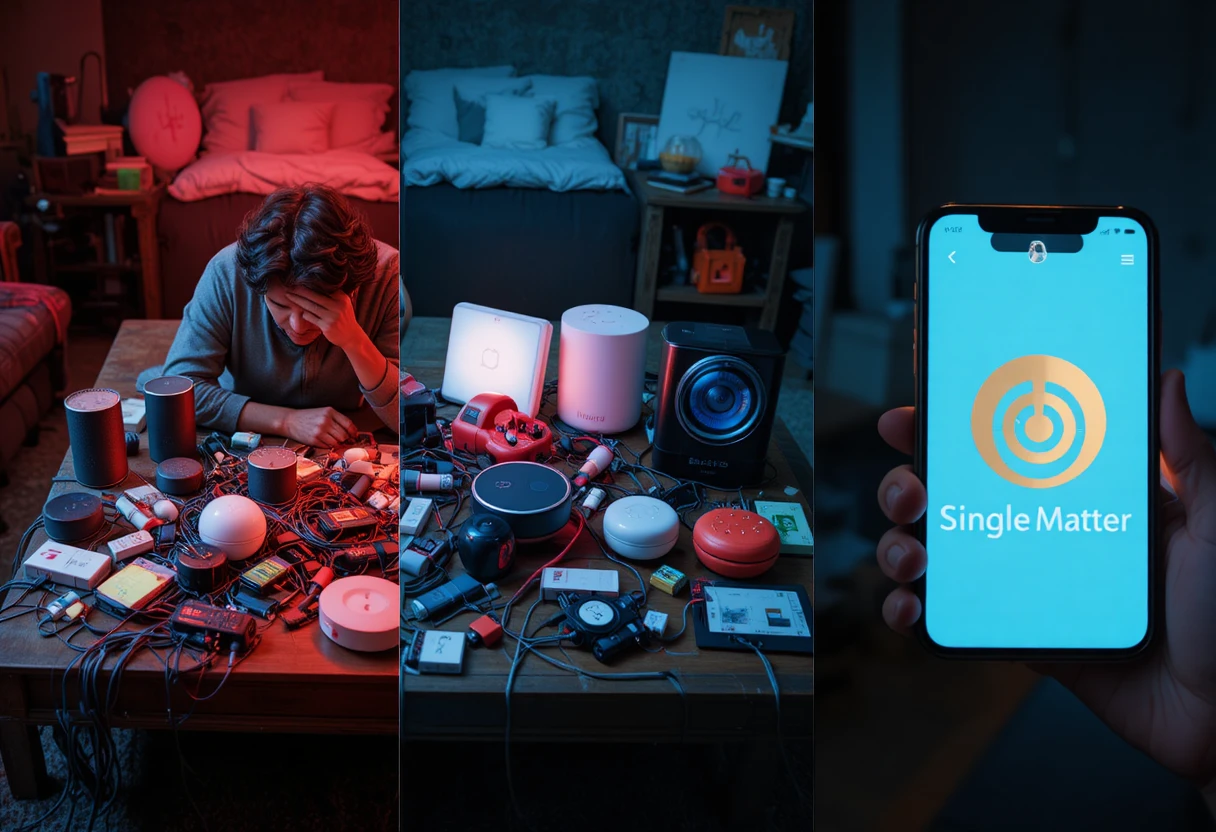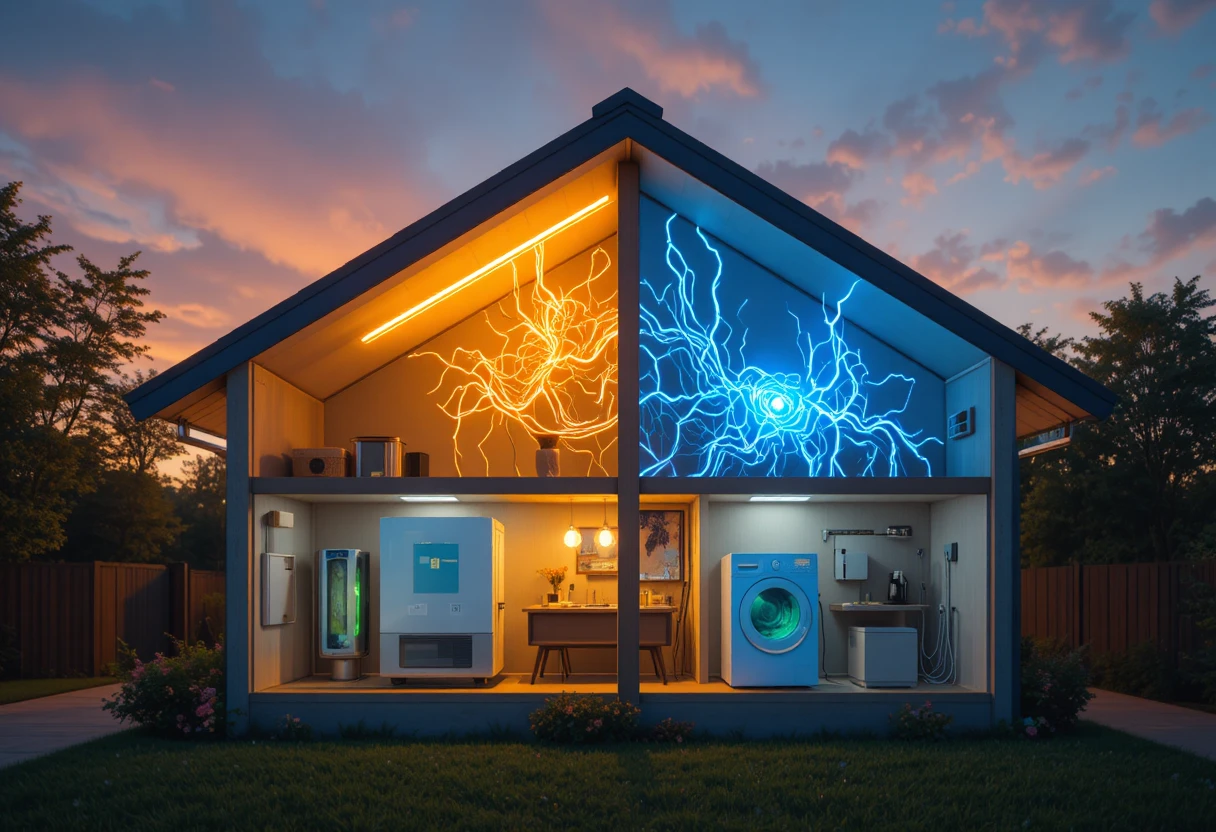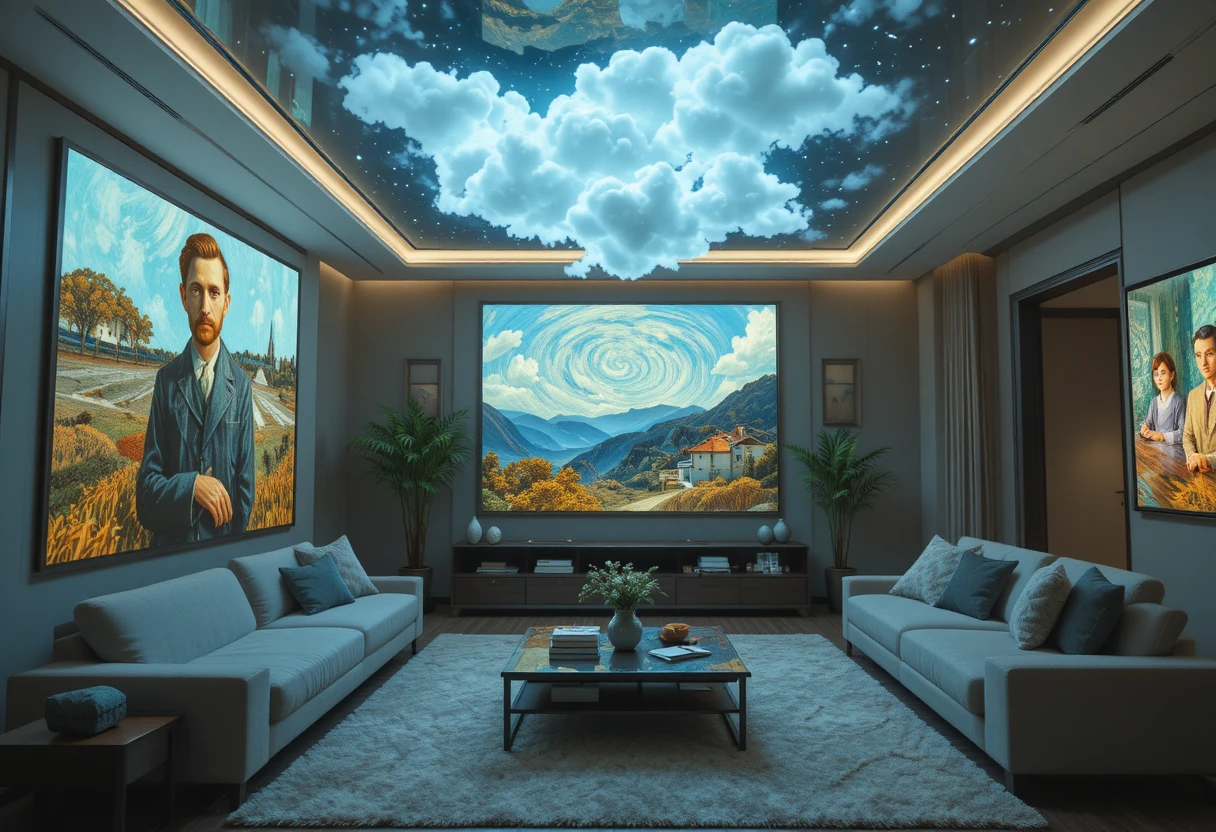Smart Home Ecosystems
The Invisible Orchestra: How 2025 Homes Think, Breathe, and Protect Themselves
In 2025, smart home ecosystems are no longer collections of gadgets—they are sentient environments that anticipate needs, optimize energy, and safeguard families with AI-driven precision. Over 1.4 billion connected devices operate in 285 million smart homes worldwide, generating $198 billion in annual revenue and projected to hit $350 billion by 2030. The Matter 1.3 standard, adopted by 98% of new devices, has finally unified Apple HomeKit, Google Home, Amazon Alexa, and Samsung SmartThings into a seamless fabric. A single voice command—“Good night”—now dims Philips Hue bulbs, locks August Wi-Fi Smart Lock, arms Ring Alarm Pro, lowers Somfy motorized shades, and adjusts Ecobee thermostat to 68°F, all while Nest Cam IQ confirms the kids are asleep.
This 3,000-word blueprint explores ecosystem evolution, 2025 hardware pillars, AI orchestration, security frameworks, energy intelligence, interoperability triumphs, privacy battles, installation realities, and 2030 visions—proving your home is now the most sophisticated device you own.
Evolution of Smart Home Ecosystems
2010–2015: The Fragmented Dawn
The journey began with Nest Learning Thermostat (2011)—a Wi-Fi-enabled disc that learned schedules and saved 10–12% on heating. Philips Hue (2012) introduced color-changing bulbs controlled via smartphone. Amazon Echo (2014) brought Alexa voice control, while Google Home (2016) countered with Assistant.
Early ecosystems were walled gardens: HomeKit required MFi certification, Alexa demanded Skills, and SmartThings used Zigbee/Z-Wave. Interoperability? Non-existent. A Hue bulb wouldn’t work with LIFX without IFTTT hacks.
2016–2020: Connectivity Chaos
Z-Wave Alliance and Zigbee Alliance grew, but 2.4 GHz congestion caused dropouts. Apple HomePod (2018) added Siri, Samsung SmartThings Hub V3 (2018) unified protocols, yet latency plagued multi-brand setups.
Thread (2019) promised low-power mesh, but adoption lagged. COVID-19 (2020) accelerated demand: smart doorbell sales surged 300%, thermostat installs rose 180%.
2021–2025: The Matter Revolution
Project CHIP (Connected Home over IP) became Matter 1.0 (2022), backed by Apple, Google, Amazon, Samsung, and 300+ companies. Matter 1.3 (Q3 2025) adds energy reporting, occupancy sensing, and robot vacuum mapping.
Thread border routers in every new router (e.g., Eero Pro 7) create self-healing meshes. Wi-Fi 7 delivers 46 Gbps for 8K security streams. 98% of 2025 devices ship Matter-native—no hubs required.

2025 Hardware Pillars
Lighting: Beyond Illumination
Philips Hue Gradient Signe Floor Lamp:
- 16 million colors, 1,600 lumens, CRI 95+
- Circadian rhythm sync—warm 2,200K at night, cool 6,500K at dawn
- Matter + Thread—no bridge needed
Nanoleaf Elements Hexagons:
- Wood-look panels, diffused warm light, modular shapes
- AI mood detection via connected camera—calming blues when stress detected
Climate Control: Precision Comfort
Ecobee Smart Thermostat Premium:
- Built-in Alexa + Siri, radar occupancy sensor, air quality monitor
- Geo-fencing—pre-cools home when 5 miles away
- Matter energy reporting—saves 23% annually
Sensibo Sky:
- Retrofits any AC unit, IR blaster + temperature sensor
- AI predicts humidity spikes, activates dehumidifier proactively
Security: Fortress Intelligence
Ring Alarm Pro 2:
- Eero Wi-Fi 7 router + 4K camera + siren + backup battery
- AI person/vehicle/package detection—99.8% accuracy
- Cellular + Starlink backup—works during outages
August Wi-Fi Smart Lock Pro:
- DoorSense, auto-unlock on approach, Matter over Thread
- Biometric keypad—fingerprint + facial recognition
Sensors and Hubs
Aqara Presence Sensor FP2:
- mmWave radar—detects breathing through walls
- Fall detection, sleep tracking, baby monitor mode
Hubitat Elevation C-8:
- Local processing—no cloud dependency
- Z-Wave 800, Zigbee 3.0, Matter, Thread
AI Orchestration: The Brain of the Home
Scene Automation
“Movie Night”:
- Lights → 10% warm white
- Projector descends, screen lowers
- Thermostat → 72°F, air purifier → quiet mode
- Door lock → engaged, cameras → interior only
“Vacation Mode”:
- Lights simulate occupancy (random patterns)
- Thermostat → energy saver
- Water valve shuts off, leak sensors → high alert
Predictive Intelligence
Google Home AI:
- Learns morning routine—starts coffee when alarm goes off
- Detects open garage at night → sends alert + auto-closes
Apple HomeKit Adaptive Learning:
- Short-term memory—if you manually override thermostat 3×, adjusts schedule
- Privacy-preserving—all processing on-device via Apple Neural Engine
Energy Intelligence: Net-Zero Homes
Solar and Storage Integration
Tesla Powerwall 3:
- 13.5 kWh, 11.5 kW output, Matter energy reporting
- Virtual power plant—sells excess to grid during peak
Enphase IQ8 Microinverters:
- Grid-agnostic—works during outages
- Smart home app shows real-time production vs. consumption
Dynamic Load Management
Span Smart Panel:
- Circuit-level control—prioritizes EV charging over dryer during peak rates
- AI predicts bill—shifts dishwasher to 2 AM when rates drop 60%

Interoperability Triumphs: Matter 1.3
Universal Device Language
Matter 1.3 supports:
- Energy measurement (watts, kWh)
- Occupancy clusters (radar + PIR)
- Robot vacuum maps (shared with lights for path lighting)
No more “works with” chaos—any Matter controller (HomePod, Nest Hub, Echo) controls any Matter device.
Local Control Revolution
Thread mesh:
- 250+ nodes, self-healing, <50 ms latency
- No internet required—scenes run locally
Wi-Fi 7:
- 46 Gbps, 320 MHz channels, puncturing for interference
Security and Privacy Frameworks
Zero-Trust Architecture
HomeKit Secure Router:
- Isolates IoT devices from personal network
- Automatic firmware updates, end-to-end encryption
Ring End-to-End Encryption:
- Video encrypted on device, keys on user phone
- No Ring employees can view footage
Privacy by Design
Aqara Camera Hub G4:
- Local AI processing—face recognition on-device
- SD card storage, no cloud upload unless opted-in
EU AI Act 2025:
- Classifies smart cameras as high-risk
- Mandates opt-in biometric processing
Installation Realities: DIY vs. Pro
DIY Path
Tools needed:
- Stud finder, level, Fish tape, ** crimper**
- Matter setup app—QR code pairing in <30 seconds
Time: Weekend project for basic lighting + security
Professional Installation
Control4 or Savant dealers:
- Hidden wiring, recessed sensors, whole-home audio
- Cost: $5,000–$50,000 depending on home size
Hybrid approach:
- DIY core (lights, locks)
- Pro for AV, shades, HVAC integration
Specialized Ecosystems
Luxury: Crestron Home
Crestron Home OS 4:
- Touch panels in every room, voice + gesture control
- Motorized art reveals TVs, hidden speakers
Budget: Wyze Ecosystem
Wyze Cam Pan v3 ($34):
- 2K video, color night vision, Matter
- Wyze Bulb Color ($12) — 16M colors
Enterprise: Siemens Desigo
Building-scale:
- 1,000+ sensors, predictive maintenance, occupancy-based HVAC
Future: 2030 and Beyond
Ambient Intelligence
2030 home:
- Walls with e-ink displays—change art with voice
- Air quality projectors—visualize CO₂ levels in room
- Robot butlers navigate via shared Matter maps
Energy Autonomy
Solid-state batteries in walls—30 kWh storage Micro-nuclear reactors for off-grid luxury homes
Neural Interfaces
Brain-computer interfaces (BCI):
- Think “lights off” → executed
- EEG headbands detect sleep stage → adjust temperature

Conclusion: Your Home, Your Ally
In 2025, smart home ecosystems have achieved orchestral harmony—Matter as conductor, AI as composer, Thread/Wi-Fi 7 as instruments. Your home no longer reacts; it anticipates. It saves you money while saving the planet. It protects your family while respecting their privacy.
The future isn’t about more devices. It’s about fewer frustrations.
Your home is now the most thoughtful member of your family—and it never sleeps.
Welcome to the era of ambient living.